|
This is one of my most asked for recipes at the Fermented Foodies meetings. This deadly delicious dessert is always a hit with kids and adults alike! Makes one 500ml jar. Note: You need to start this 24-30 hours in advance! 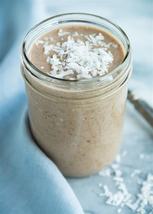 Ingredients: 1 can Arroy-D Coconut Milk 2-4 Tbl Live Milk Kefir Culture 1 Tbl Cocoa powder 1-2 tsp Fine Ground Expresso Coffee Beans (I use Midnight Sun, decaf) 1-3 Tbl Maple Syrup (optional) Directions:
In a clean jar, empty one can of coconut milk and add the live milk kefir culture. Cover the jar and allow to ferment at room temperature for 24 hours. It look clumpy and taste a little sour. Remove the milk kefir culture and set aside for your next ferment. Add the remaining ingredients, stir or shake well. You can consume it immediately or for best results, allow to flavor to develop by fermenting another couple hours. It tastes best cold and if you refrigerate it for a few hours, it will be more like a mousse than a drink.
0 Comments
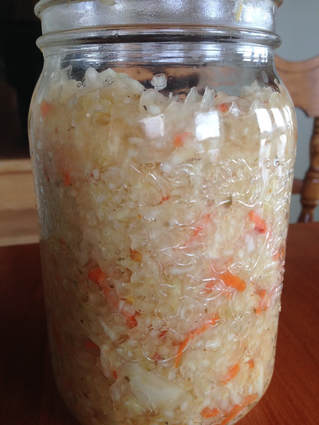 Curtido is a spicy version of sauerkraut from El Salvador... something like a pickled coleslaw or a mild kimchi. It is quick to prepare and awesome on just about anything! I love to eat it with rice, lentils and melted cheese; or slathered on a warm piece of buttered sourdough! (I did say I was part Ukrainian!) Definitely a staple in my fridge throughout the year and particularly wonderful to ferment with fresh autumn veggies. Curtido: A Spicy Salvadorian Sauerkraut
Prep Time: 20 minutes Ingredients:
I use my food processor to grate the cabbage and carrot but you can use a hand grater or slice very thin.
This salsa has a kapow that simply cannot be recreated with any other spice, herb or process. You will love its deep, zippy and brilliant flavours! This salsa always gets a lot of WOW's and smiles! Best to make with fresh tomatoes. 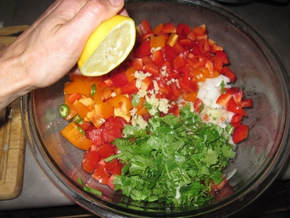 Ingredients
- 1 to 2 teaspoons salt and ¼ cup whey - 1 to 2 teaspoons salt and ¼ cup water kefir Instructions
Once the fermentation period is complete, the salsa can be removed to a storage container and stored in the refrigerator or root cellar… if it lasts that long! Makes approximately 1 litre. There are many ways to make traditional Korean Kimchi, but I am a Yukon Girl so I like to make my own version using what is locally available (minus the ginger – if you know of any one growing/selling local ginger, please let me know!) Kat's Yukon Kimchi |
| What you'll need:
|
That's it! So easy its ridiculous :) Leave me a note and tell me how it goes for you.
AuthorHi, I'm Katanne - Nutritionist and Gut Health Specialist. My talent and passion is helping busy people like you to finally enjoy food and life again!! By resolving painful and annoying digestive issues, we then have energy and enthusiam for our life and being the best version of ourself! |
Archives
November 2023
September 2023
September 2020
August 2020
July 2020
June 2020
May 2020
April 2020
March 2020
February 2020
January 2020
December 2019
November 2019
October 2019
September 2019
April 2019
July 2018
March 2018
February 2018
January 2018
August 2017
June 2017
May 2017
April 2017
March 2017
January 2017
November 2016
October 2016
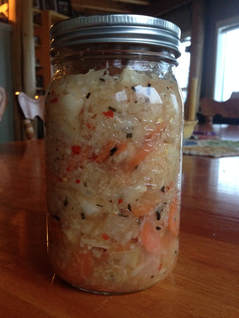
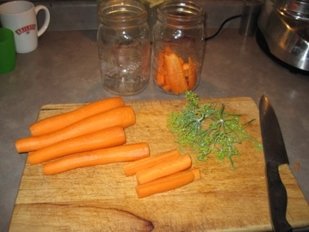

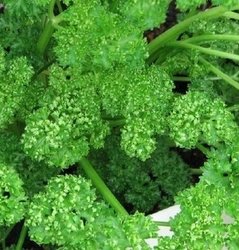
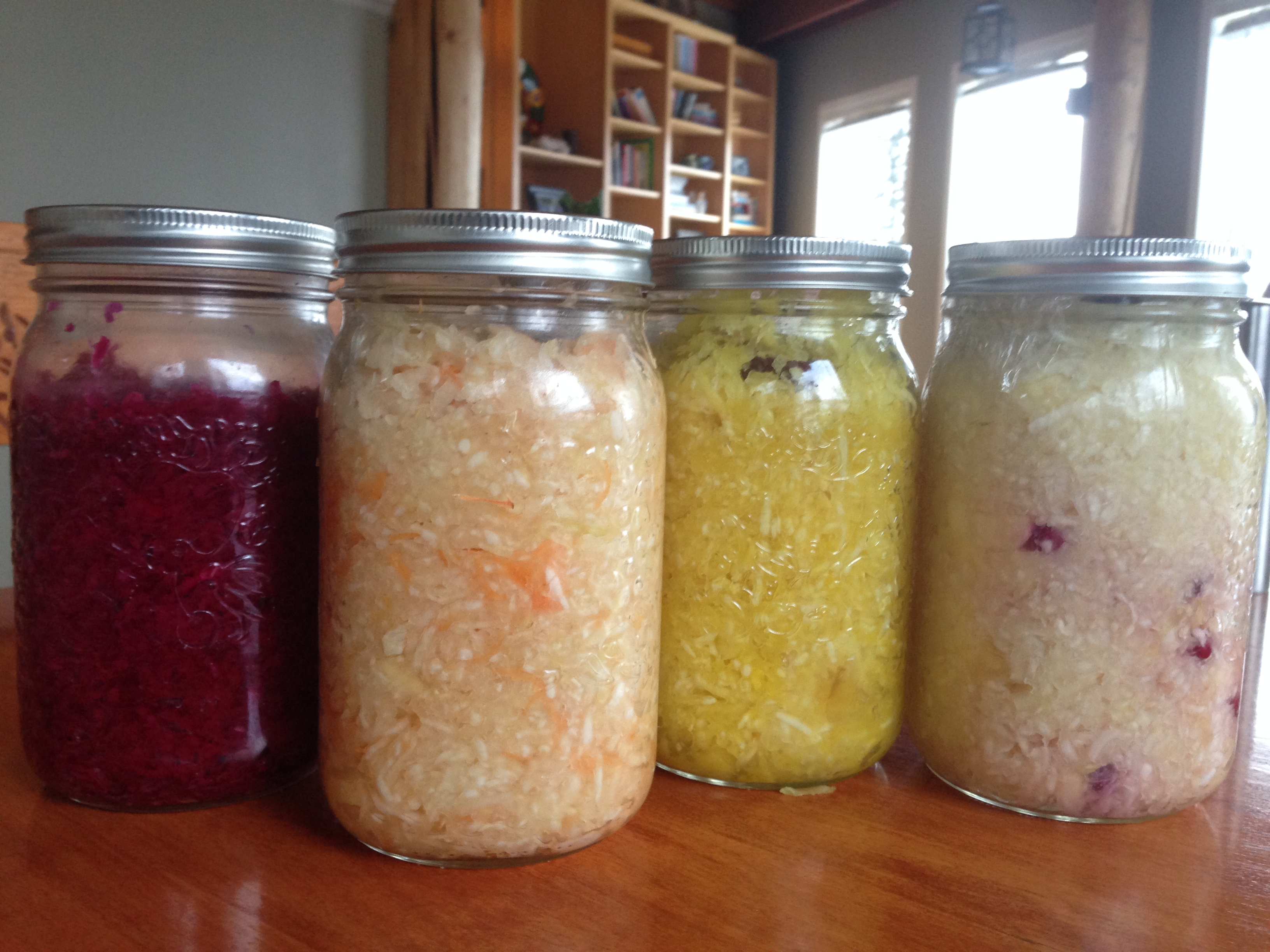
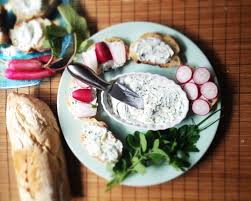

 RSS Feed
RSS Feed
